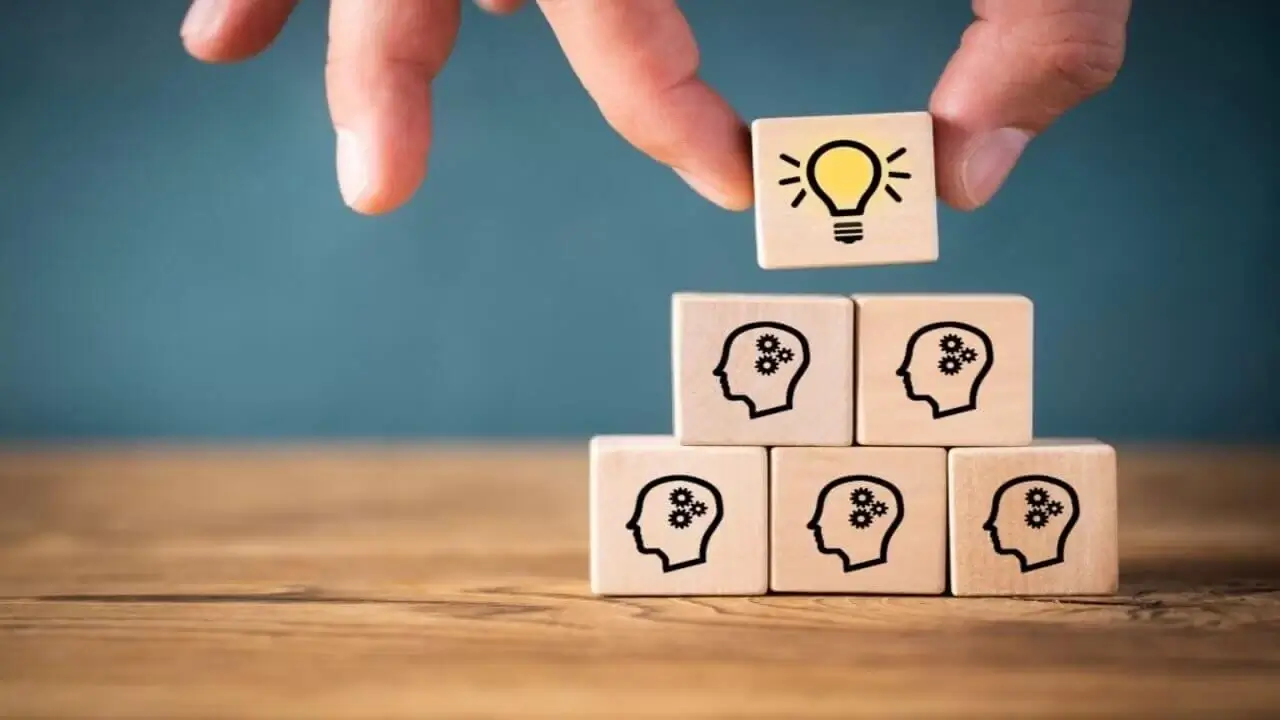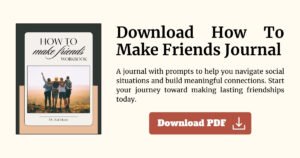The Art of Listening to Build Positive Relationships at Work
How do we build positive relationships with other people? Of course, this is a BIG question and one that depends on the nature of the relationship as much as anything. The meaning of a positive relationship differs whether we’re talking about your boss, co-workers, customers, casual friends, parents, spouse, or children.
When was the last time you truly listened to someone?
You know; taking the time and making an effort to sit with another person and not be distracted. Engaging and being fully present at the moment. Suspending your judgments and opinions from creeping into your head. Not letting your mind wander to what you were planning for dinner, or whether your boss read the email you sent to them earlier about a project.
But before you continue, you might like to consider our free worksheet on exploring “How To Make Friends”. Please download this worksheet here.
It’s hard, right?
Listening is hard. Unless you are a psychiatrist, counselor, or therapist, you’re probably not trained in how to actively listen. It’s a skill. It’s an art. I’m not joking here. Listening is something we have to work at and, just like every other skill we come across in life, if we want to be good, we have to practice regularly.
Go back to your school and college days; do you remember receiving listening training? How about when you first started in your career? You may have had sessions on how to write reports or workshops on how to present to clients, but I would 100% guarantee you had no listening training. Would it surprise you if I said that during our school years, we only receive up to half a year’s training for listening compared to reading and writing, yet we use listening 45% of the time! Swanson, C.H (1984)
Of course, some people are naturally good listeners. Think about public speaking. Some people just get up there, no matter whether there are 50 or 500 people in the audience and their performance appears effortless. But, as a natural public speaker, I can tell you that you still need to practice, especially if you want to be better and not slip into bad habits.
The workplace
In the workplace, positive relationships are fundamental to creating a culture of positive mental wellbeing. In the book Flourish (2011), Seligman defined wellbeing as part of five pillars: Positive emotion, Engagement, Relationships, Meaning, and Accomplishment — or PERMA. Positive relationships between colleagues, peers, management, and stakeholders are critical to how an organization thrives. The Job Demands-Resources (JD-R) model created by Demerouti et al. (2001) provides a framework to understand how burnout can affect employees; job demands include recipient contact, with supervisor contact being on the alternate side of the job resources. If either of those relationships are not viewed positively, it could seriously impact on the engagement and wellbeing of the employee.
We all know what it feels like not to be listened to; sadly, we have all experienced that situation on more than one occasion. Can you remember the emotions evoked from the experience: frustration, isolation, worthlessness, a lack of self-confidence, anger, or loneliness? Did you go home and talk to your partner or a friend and tell them how this relationship was not positive? Perhaps you asked for their opinion or advice, looking for reassurance that you didn’t receive from the interaction earlier that day.
How to actively listen?
What does it mean to actively listen? We can break it down into several elements:
Empathy
There is a difference between being empathetic and sympathetic. Empathy is finding a connection within you on the same level as the person you are listening to. You may not understand their experience, but you don’t have to; listening and being there for them is enough.
Genuine
We all know how it feels to talk to someone who is not being genuine; we see it in body language and facial expressions, we hear it in their tone of voice and the questions they ask us. Be aware of what you are not saying when you are listening.
Acceptance
The person who is listening should be accepting of the conversation, whether they agree or disagree, whether they would have done it differently or know of a better way or answer. Allowing the individual to have space to talk allows them to verbalize their thoughts and feelings and, often, they may come to the solution themselves.
Non-judgment
Listening non-judgementally is hard; we must be aware of our own biases and views of the world, to be able to stand back and observe when we might be allowing our own biases to creep in. You’re only human so you won’t remove your judgments, but do be conscious of how they will play out in a conversation. Slow down your thinking and provide a filter before you speak.
Top tips to get practicing
Here are five top tips to remember when you have a conversation and must actively listen to build a positive relationship:
- Allow Silence: it’s the most powerful way to give someone the space to speak.
- Remove distractions: phones and smart watches are a big no!
- Take the conversation out of the workplace: walking meetings are great to connect with someone.
- Ask open questions to allow the individual to be more open, to share and build trust with you.
- Check-in on the person after a conversation; it shows you care and, more importantly, that you have listened.
One of the biggest challenges we experience to build positive relationships is that we are all different and we can perceive the world in so many different ways. Certainly a stumbling block that we come across when we try to build relationships is a desire or an expectation of the way that people will think and behave.
Are you ready to enhance your listening skills and build stronger, more positive relationships at work? Download our How To Make Friends Workbook for free here and start practicing the art of active listening today!
References:
Swanson, C. H. (March 1984). Monitoring student listening techniques: An approach to teaching the foundations of a skill. Paper presented at the 75th annual meeting of the Eastern Communication Association, Philadelphia, PA.
Seligman, M.E.P. (2011). Flourish: A visionary new understanding of happiness and well-being. New York, NY: Published by Free Press.
Demerouti, E., Bakker, A., Nachreiner, F., & Schaufeli, W. (2001). The job demands-resources model of burnout. Journal of Applied Psychology, 86(3), 499-512. doi: 10.1037//0021-9010.86.3.499







